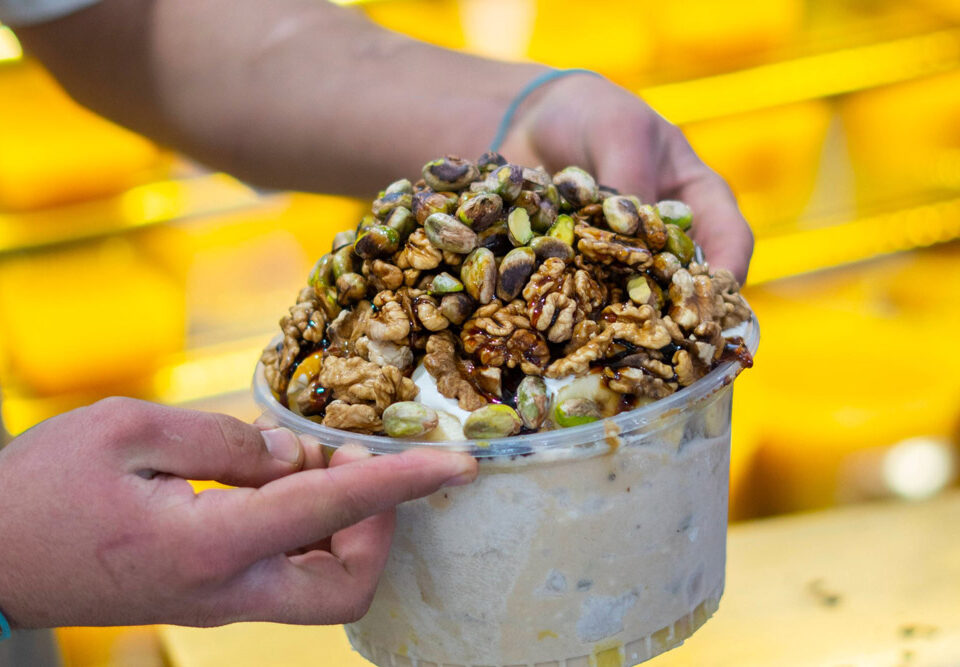
Creating Holiday Recipes with Iranian Dried Fruits and Nuts

How Iranian Spices Can Help Reduce Inflammation
Exploring the Natural Conditions That Lead to High-Quality Nuts
Iran is known worldwide for producing some of the finest nuts, including pistachios, almonds, walnuts, and hazelnuts. The country’s unique climate and geography create ideal conditions for growing these premium nuts, which are highly sought after for their flavor, texture, and nutritional value. From the semi-arid regions of Kerman to the lush orchards of Fars and Gilan, Iran’s natural environment is perfectly suited to nut cultivation.
Let’s explore the specific climatic and geographical factors that contribute to Iran’s reputation as a global leader in nut production and how these conditions lead to the exceptional quality of Iranian nuts.
1. Semi-Arid Climate with Hot Summers and Cold Winters
Many of the regions where Iranian nuts are grown, such as Kerman and Rafsanjan (known for pistachios), experience a semi-arid climate with hot, dry summers and cold winters. This climate is crucial for the development of high-quality nuts.
Benefits of the Semi-Arid Climate:
- Dormant Period in Winter: The cold winter months are essential for the dormancy period of nut trees, allowing them to conserve energy and focus on growth during the warmer months. This results in a higher yield and better-quality nuts.
- Dry Summers: The hot, dry conditions in summer prevent excessive moisture, which is key for preventing mold and diseases that can damage crops. These dry conditions help nuts develop a firmer texture and more concentrated flavor.
Example:
- Pistachios from Rafsanjan: Pistachios thrive in the semi-arid desert climate of Rafsanjan, where temperatures can reach over 40°C (104°F) in the summer. The heat helps develop the rich flavor and crunchy texture of Iranian pistachios, making them highly prized in global markets.
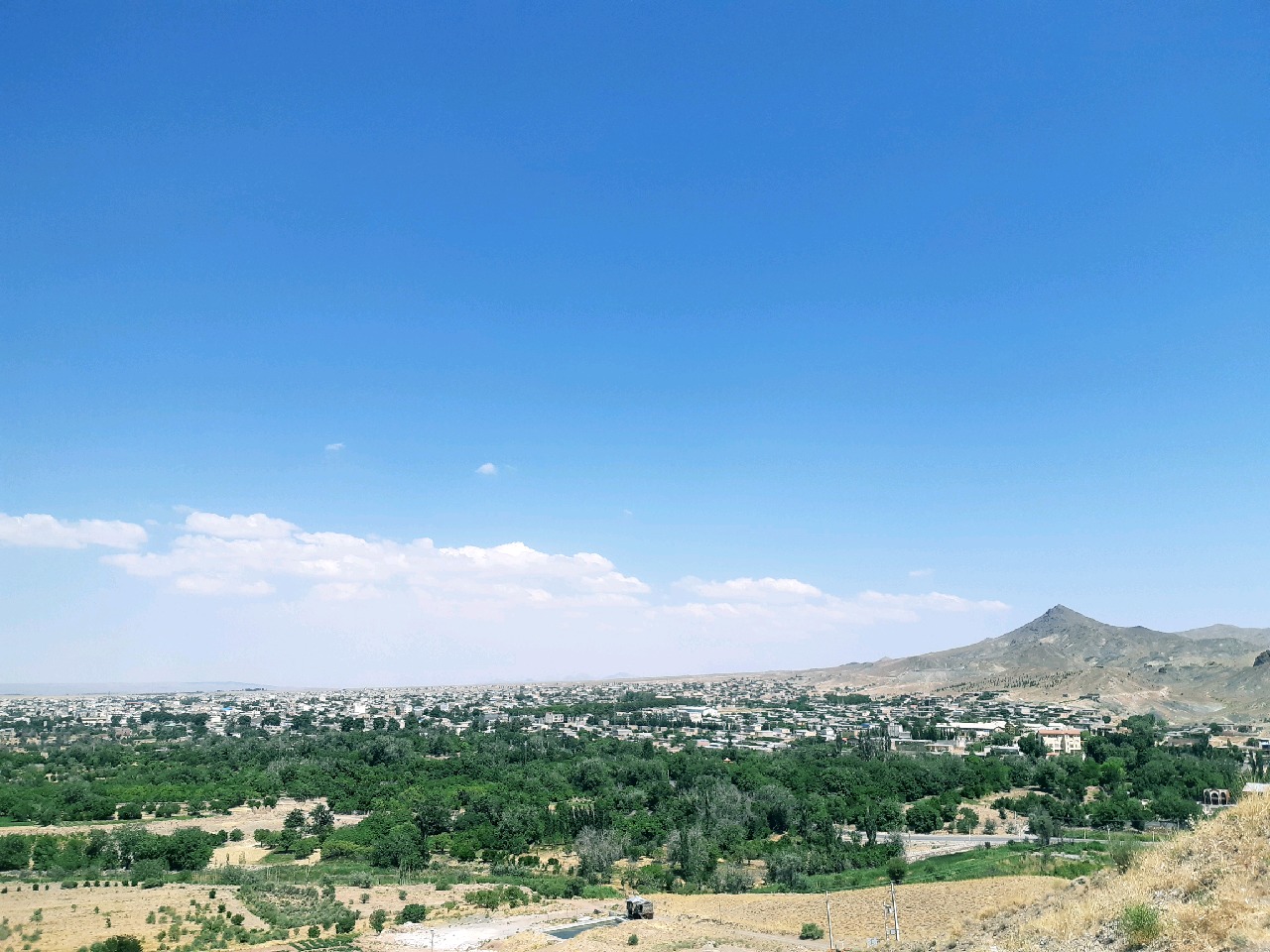
Kerman’s Climate
2. Optimal Soil Conditions
Iran has a diverse range of soil types, but many of the nut-growing regions have well-drained, sandy, or loamy soils that are ideal for the cultivation of nuts. These soils allow for deep root growth, ensuring that nut trees can access essential nutrients and water even in dry conditions.
Benefits of Well-Drained Soil:
- Prevention of Waterlogging: Nut trees, such as almonds and pistachios, are particularly sensitive to waterlogged soil, which can lead to root rot and reduced yields. Iran’s sandy and loamy soils allow for excellent drainage, ensuring healthy root development.
- Nutrient Availability: These soils are rich in essential minerals like calcium, potassium, and magnesium, which contribute to the overall health of the trees and the nutrient density of the nuts.
Example:
- Almonds from Fars Province: The Mamra almonds grown in Fars Province benefit from the region’s loamy soils, which provide the perfect balance of drainage and nutrients. This leads to almonds with a high oil content and rich flavor.
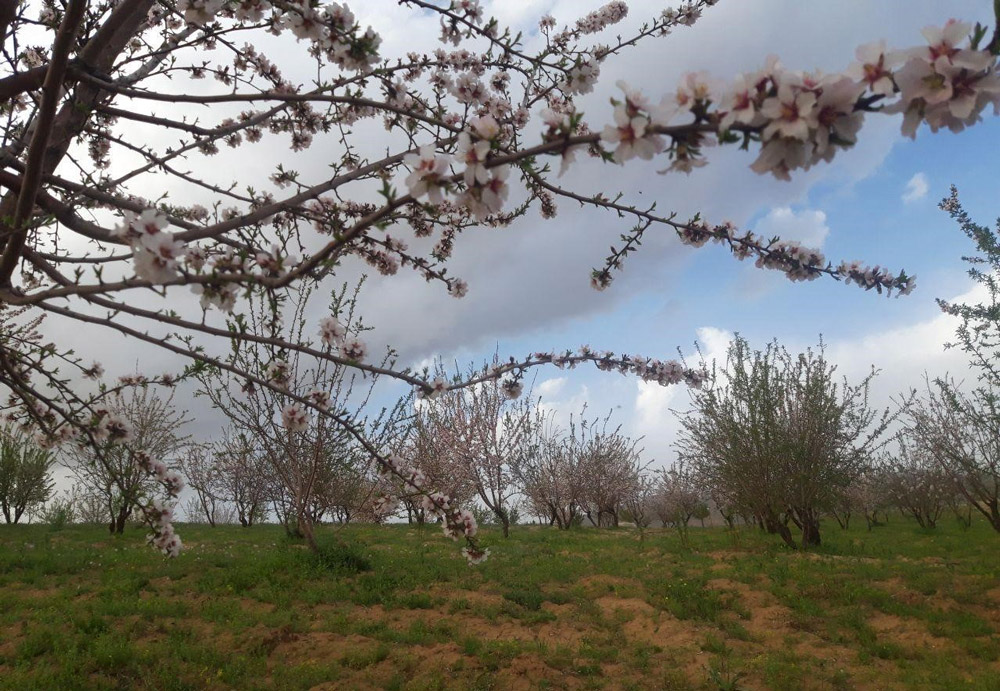
Almonds from Fars Province
3. High Elevation and Mountainous Regions
Iran’s mountainous regions, such as the Zagros Mountains in the west and the Alborz Mountains in the north, offer high-elevation conditions that are perfect for growing nuts. The elevation affects both temperature and humidity, creating an ideal microclimate for nut trees.
Benefits of High Elevation:
- Temperature Regulation: At higher elevations, the temperature fluctuations between day and night are more pronounced. This variation helps enhance the flavor of nuts, particularly walnuts and hazelnuts, as the cooler nights allow for slower, more controlled ripening.
- Reduced Pest Pressure: The cooler temperatures and lower humidity at higher elevations reduce the likelihood of pests and diseases that can damage crops, leading to a healthier harvest with fewer chemical interventions.
Example:
- Hazelnuts from Gilan: In the northern province of Gilan, the Caspian Sea moderates the climate, while the surrounding mountains provide the ideal conditions for growing hazelnuts. The combination of high elevation, moderate rainfall, and fertile soils results in some of the finest hazelnuts in the world.
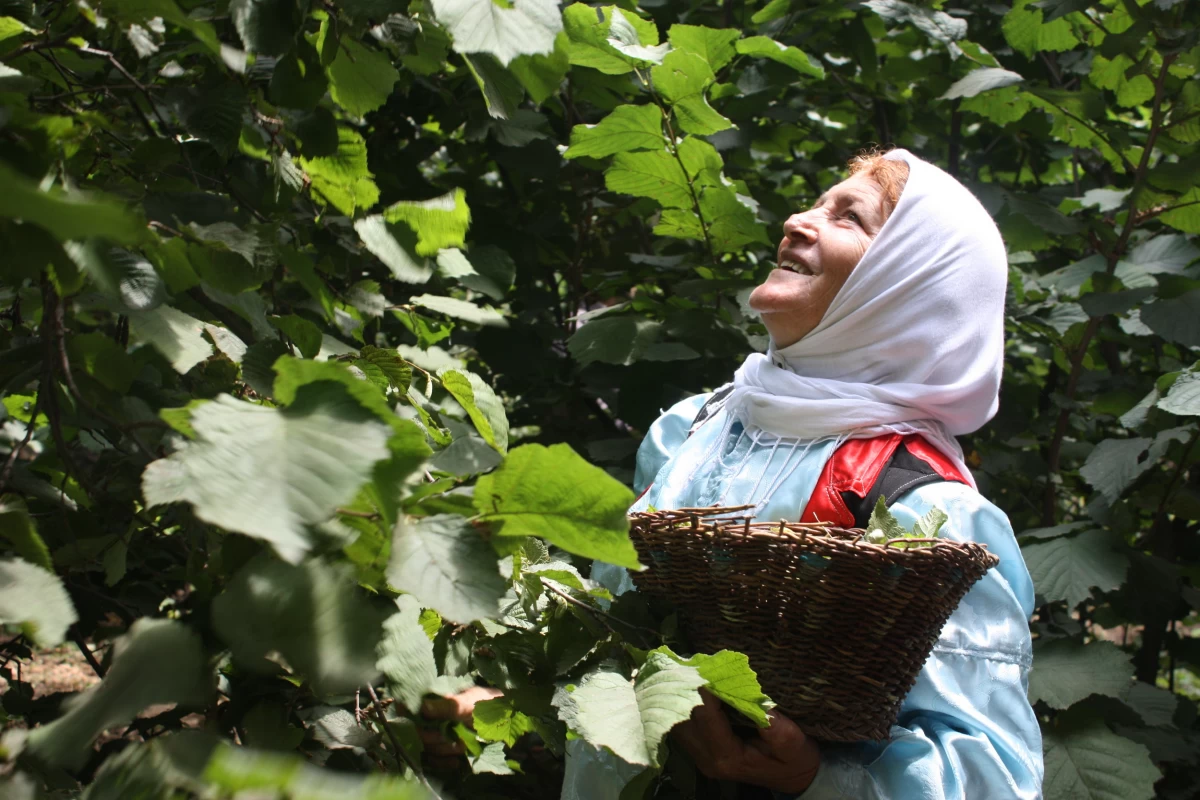
Hazelnuts from Gilan
4. Long Growing Season
Iran’s diverse climate, ranging from subtropical regions along the Caspian Sea to desert areas in the central plateau, provides a long growing season for nuts. This extended period allows nuts to mature fully, developing their characteristic flavors and textures.
Benefits of a Long Growing Season:
- Better Flavor Development: Nuts need time to develop their full flavor, and a long growing season allows them to ripen gradually. This is particularly important for nuts like walnuts, which require a full season to develop their rich, earthy taste.
- Higher Nutritional Content: The longer growing season also gives nuts more time to accumulate nutrients like healthy fats, vitamins, and minerals, resulting in more nutrient-dense products.
Example:
- Walnuts from Hamedan: The province of Hamedan, with its long, cool growing season, is known for producing high-quality walnuts that are rich in flavor and packed with omega-3 fatty acids and antioxidants.
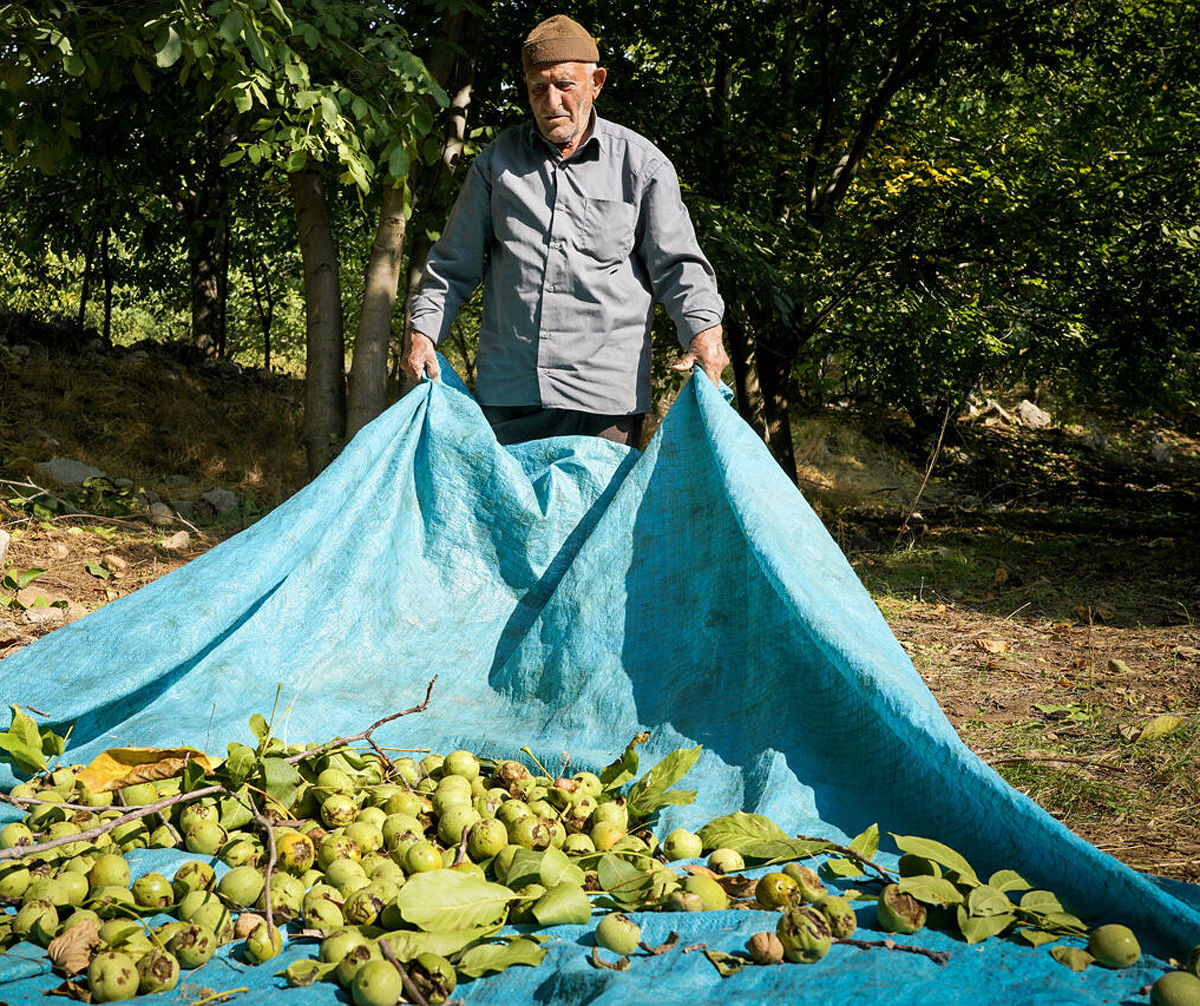
Walnuts from Hamedan
5. Access to Natural Irrigation Sources
While many regions in Iran rely on modern irrigation techniques, some nut-growing areas benefit from natural water sources such as rivers and underground aquifers. This is particularly true in regions with historical farming practices where traditional irrigation methods like qanats (underground water channels) are still used.
Benefits of Natural Irrigation:
- Consistent Water Supply: Nuts require regular watering, particularly during the growing and nut-filling stages. Access to a consistent water source ensures healthy tree growth and high-quality nut production.
- Eco-Friendly Irrigation: Traditional methods like qanats allow for sustainable water use, helping to conserve water in Iran’s arid regions while still supporting agriculture.
Example:
- Pistachios in Kerman: The pistachio orchards of Kerman often rely on qanats and underground aquifers for irrigation, allowing farmers to sustainably manage water resources while producing some of the world’s finest pistachios.
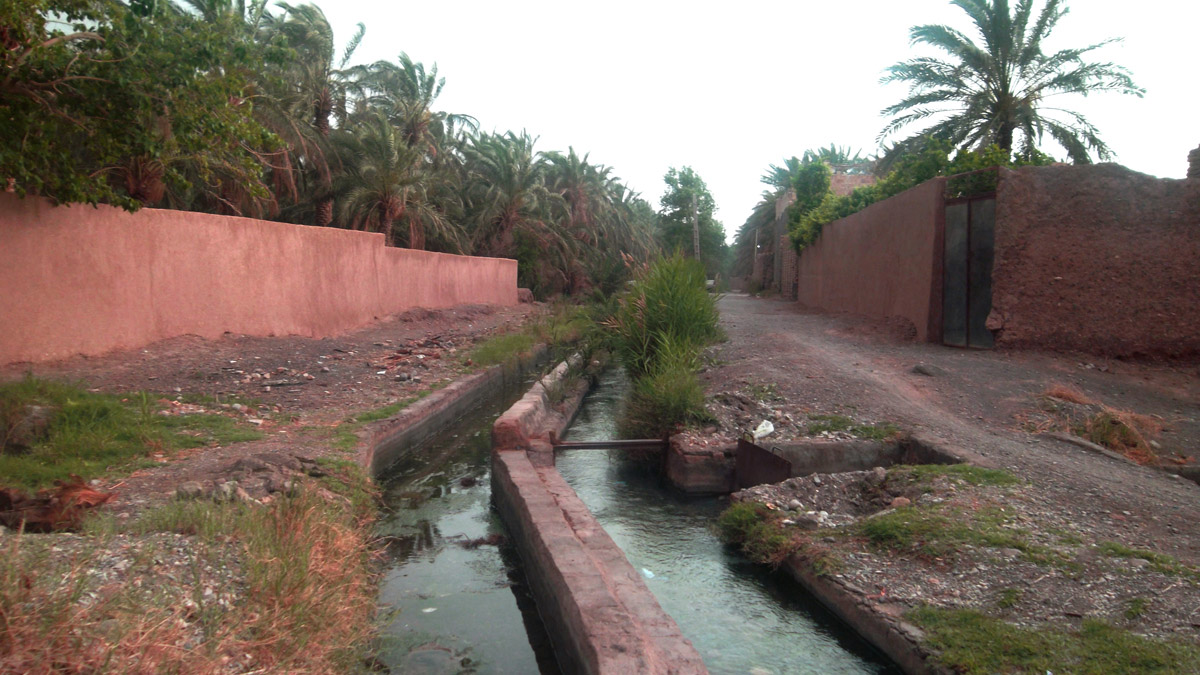
Kerman’s qanat
6. Cultural and Agricultural Expertise
In addition to favorable natural conditions, Iran’s centuries-old tradition of nut cultivation plays a significant role in the quality of its products. Generations of farmers have passed down their expertise in growing, harvesting, and processing nuts, ensuring that best practices are followed for optimal quality.
Benefits of Agricultural Expertise:
- Selective Breeding: Over the years, Iranian farmers have selectively bred nut varieties to enhance their flavor, size, and resistance to local pests and diseases. This ensures that Iranian nuts are among the best in the world.
- Sustainable Practices: Many Iranian farmers use traditional, sustainable farming practices that minimize the use of synthetic chemicals and prioritize natural methods for maintaining soil health and biodiversity.
Example:
- Mamra Almonds: The high-quality Mamra almonds from Fars Province are a result of generations of selective breeding and traditional farming practices, making them one of the most sought-after varieties in the world.
Conclusion
Iran’s unique climate, geography, and agricultural expertise create the perfect conditions for growing premium nuts like pistachios, almonds, walnuts, and hazelnuts. The combination of semi-arid climates, well-drained soils, high elevations, and a long growing season contributes to the exceptional quality of Iranian nuts, which are known for their flavor, texture, and nutritional value. Whether enjoyed on their own or used in cooking and baking, Iranian nuts are a true testament to the power of nature and tradition working in harmony to produce some of the finest products in the world.







